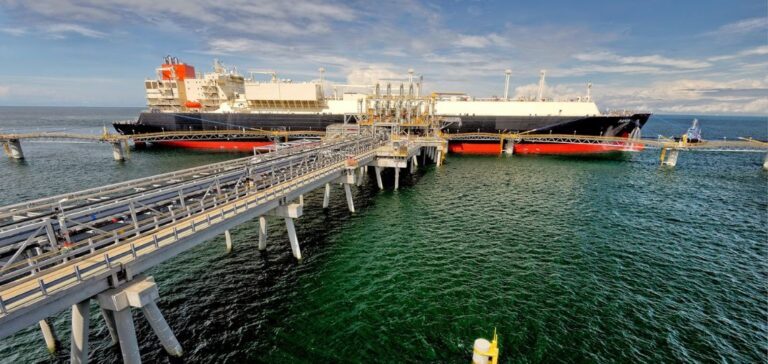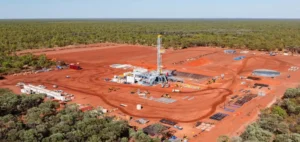French energy group TotalEnergies announced on March 7, 2023 the launch of detailed engineering studies for the construction of a major gas plant in Papua New Guinea. This liquefied natural gas (LNG) project, named “Papua LNG”, had been initiated in 2014 and was originally scheduled for a final investment decision in 2020. However, the health crisis and the renegotiation of the contract by the local government caused delays in the project.
A large-scale project
The Papua LNG project consists of eleven onshore wells, located in a difficult to access forest area, which will be connected by pipeline to the liquefaction plant, from where the LNG can be exported by ship to any destination. The project represents an investment of approximately $10 billion for a production capacity of 6 million tons per year. TotalEnergies holds a 40.1% interest in this project, while ExxonMobil holds 37.1% and Santos 22.8%. The national company of Papua New Guinea will also have an input into the final investment decision.
Commitments to the environment
Julien Pouget, TotalEnergies’ Director of Exploration-Production and Renewable Energy for Asia-Pacific, emphasized the Group’s commitment to maximizing synergies and reducing costs by building the liquefaction and power infrastructure within the existing PNG LNG plant operated by ExxonMobil.
The TotalEnergies group also insisted on its commitment to carry out actions for local communities in agreement with “independent experts”, as well as to reforest very early in the construction process to minimize environmental impacts. In addition, the CO2 produced during extraction will be immediately reinjected into the gas fields, a “first” for an LNG project according to the French group.
A fast growing market
The Asian market is particularly interested in this project, which will make it possible to replace coal with natural gas, which emits less CO2. The director of TotalEnergies underlines the importance of the market in China, Japan and South Korea, and specifies that 5% of the production will be destined for the domestic market of Papua New Guinea.
This project has become a priority for TotalEnergies after its project in Mozambique was suspended in April 2021 following a jihadist attack. According to the Minister of Petroleum and Energy of Papua, Kerenga Kua, the Papua LNG project will attract other companies to invest and thus contribute to the development of the local economy.
The final investment decision is expected in late 2023 or early 2024.






















